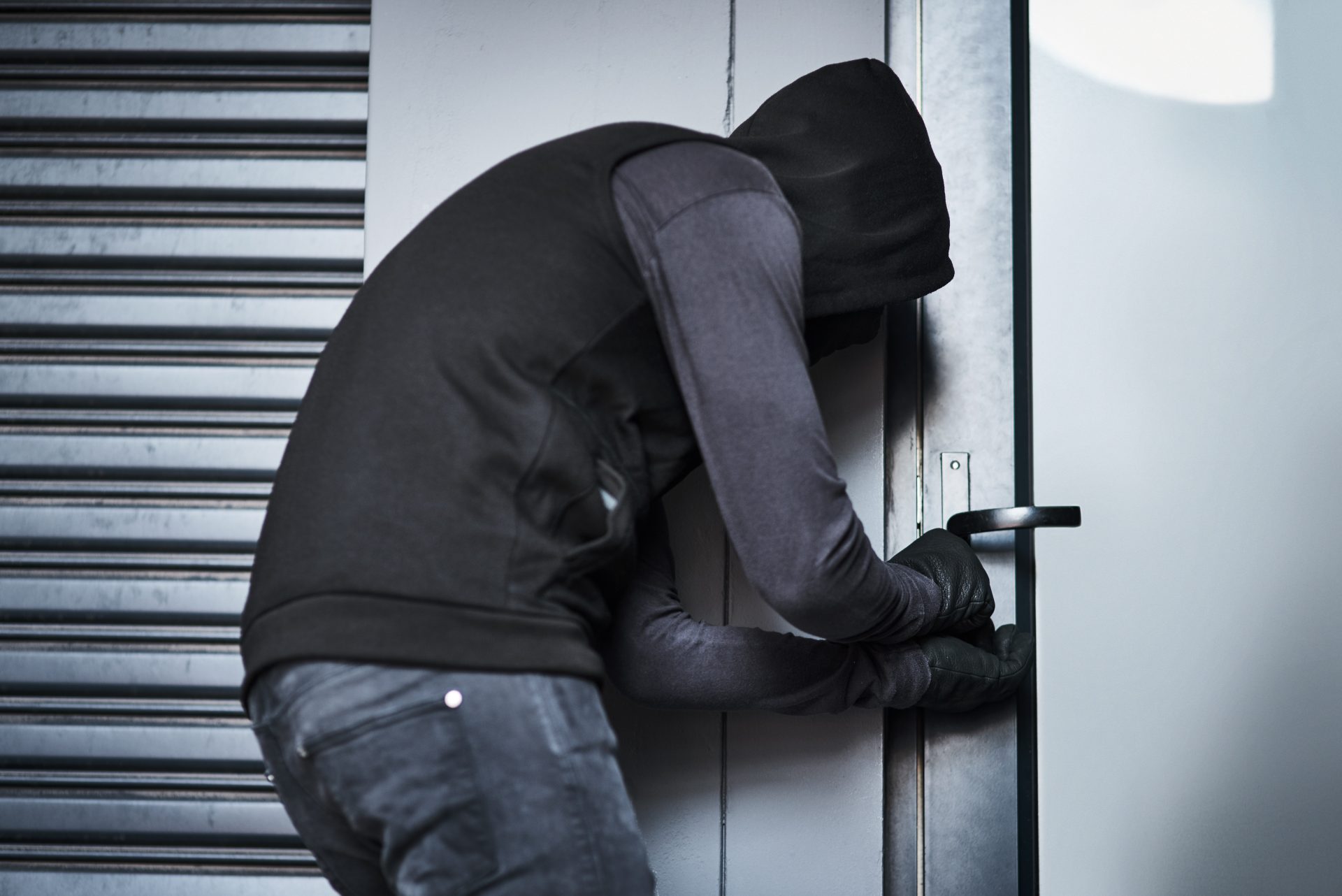
Conventional threats to door security are making way for more advanced means. Drilling or picking locks or unauthorized duplication of keys can be mitigated to a great extent through advanced patent-protected keys.
But with the popularity of cyber locksmiths combined with greater access to 3D printing, lock, and key duplication is now within the reach of thieves. Let’s explore how keys are copied, the threat of 3D printing, and what you need to know about cyber copying.
How Keys Are Copied
Traditionally, if you lost a key, you would approach a locksmith for a duplicate key. This was laborious and you had to find an expert who would be able to physically trace the target key. More restricted and high-security keys require the services of locksmiths and advanced key machines, which also makes the process expensive.
But this has changed over the last fifteen years or so. Now some websites can create keys, access-control tags, and vehicle key fogs on demand and importantly, at competitive prices. All you need is to send these cyber locksmiths photos of both sides of the key. Your new key will be created and mailed to you.
It’s made possible by 3D printing, which has made prototyping and manufacturing easier, faster, and less expensive. Plus, it’s becoming more accessible. 3D printing is especially useful in creating and replicating complex features. What this means is that even highly complex keys can be duplicated.
The Threat of 3D Printing
In digitized duplication, there’s little human involvement, which aggravates the risks. Big-box stores have been popularizing their kiosks that don’t require the services of a locksmith or any other personnel to verify an individual’s identity before handing them a duplicate key.
With the scanned image of the original, anyone can create a copy of the key. All they have to do is find a website or application that can cut keys with the help of an image. Once they send their photo and the payment, the cyber locksmith can cut the key and mail it to the customer.
Even complex keys can be copied through such third-party service providers without the knowledge of the owner. Without personal interactions, there’s little the website can do to authenticate the individual and verify that they’re authorized to copy the key.
Granted, some services ask for a username and password or fingerprint authentication for copying keys. But with increasing competition, not all players might insist on vetting customers before duplicating their keys.
Cyber Copying
Although cyber locksmiths are a threat, there’s a lot that people can do to minimize the risks of cyber copying. Remember that your key doesn’t have to be physically removed to be duplicated. All someone needs is a photo.
The most important thing is to treat your keys as an asset that you would guard with the utmost diligence. Don’t lay them on store counters or your desk at work. Even if it’s at home, don’t leave them lying on a table or hanging on a rack.
Most importantly, don’t give your keys to anyone who needs temporary access to your home, such as automobile technicians, electricians, plumbers, etc.
When In Doubt, Hire a Locksmith
Keys assure us that our valuables are protected. But cyber duplication of keys is a growing threat that homeowners and business owners should be aware of. Expert locksmiths can create keys that are not easily identifiable, nor as restricted as the common patented key blanks. That expert human touch is what could help protect your home and other assets.





